5 Design Mistakes You’re Probably Making Right Now
By Brittany McNab
While I often say there are no hard and fast rules in interior design—do what makes you happy—there are some principles of proportion and balance that can dramatically improve the look and feel of your space. As a designer, I’ve noticed five common mistakes that can easily be fixed to elevate your home. Let’s dive in!
1. Your Area Rug Is the Wrong Size
One of the most frequent errors I see is selecting a rug that’s far too small for the space. A rug that’s undersized makes a room feel cramped and lacks the grounding effect needed to define an area.
The Fix: As a rule, ensure at least the front feet of all your furniture are touching the rug in living rooms. Ideally, all the furniture legs should rest on the rug for a cohesive look. For bedrooms, aim for a two-foot perimeter of rug around the bed to create a soft landing. In dining rooms, the rug should be large enough for all chair legs to remain on it, even when pulled out.
2. You’ve Installed Your Drapes Incorrectly
This mistake can make a room feel shorter and smaller than it actually is. Drapes hung too low or too narrow block natural light and don’t maximize the room’s potential.
The Fix: Hang your drapes as high and wide as possible. Place the rod close to the ceiling and extend it beyond the window frame to allow more light into the room and create the illusion of height and space.

3. Everything Matches—a Little Too Well
Loving one color is great, but when everything in a room is the same shade, it can make the space feel flat and uninspired.
The Fix: Add interest by incorporating texture, contrast, and a secondary or tertiary accent color. Even in a monochromatic scheme, layers and variations in tone, material, and finish can create depth and keep the room visually dynamic.

4. Art and Mirrors Are Hung Too Low or Too High
Improperly placed art and mirrors can throw off the balance of a room, even if everything else is perfect. Often, the problem is subtle—you just sense something isn’t right.
The Fix: Aim to hang pieces at eye level. For most people, this means the center of the artwork or mirror should be 56 inches from the floor. For gallery walls, maintain this standard for the overall arrangement to ensure balance.

5. Ignoring Sightlines
It’s easy to focus on designing a single room and forget how it connects to adjacent spaces. Disjointed styles and colors can make a home feel chaotic and visually cluttered.
The Fix: Consider the sightlines from one space to another. Open-concept layouts especially benefit from cohesive design elements. Use colors, materials, and patterns that tie rooms together while allowing each space to have its own identity.

Conclusion
Designing your home is an exciting and personal journey, but small adjustments can make a big difference in how your space looks and feels. By addressing these common mistakes, you’ll create a home that’s not only beautiful but also functional and inviting. Remember, the goal is to design a space that feels balanced, dynamic, and uniquely yours.
*All Photo Credit: Brittany McNab



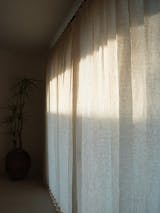
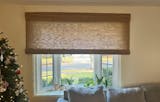
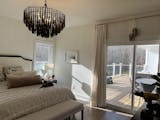
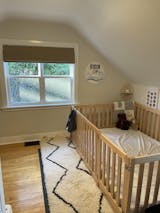

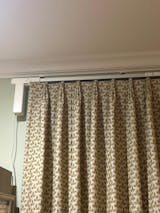

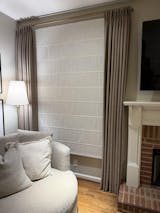

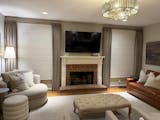


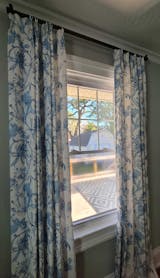
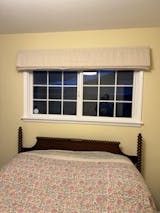
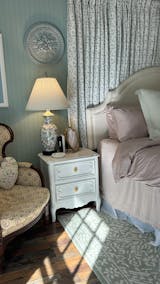
Leave a comment